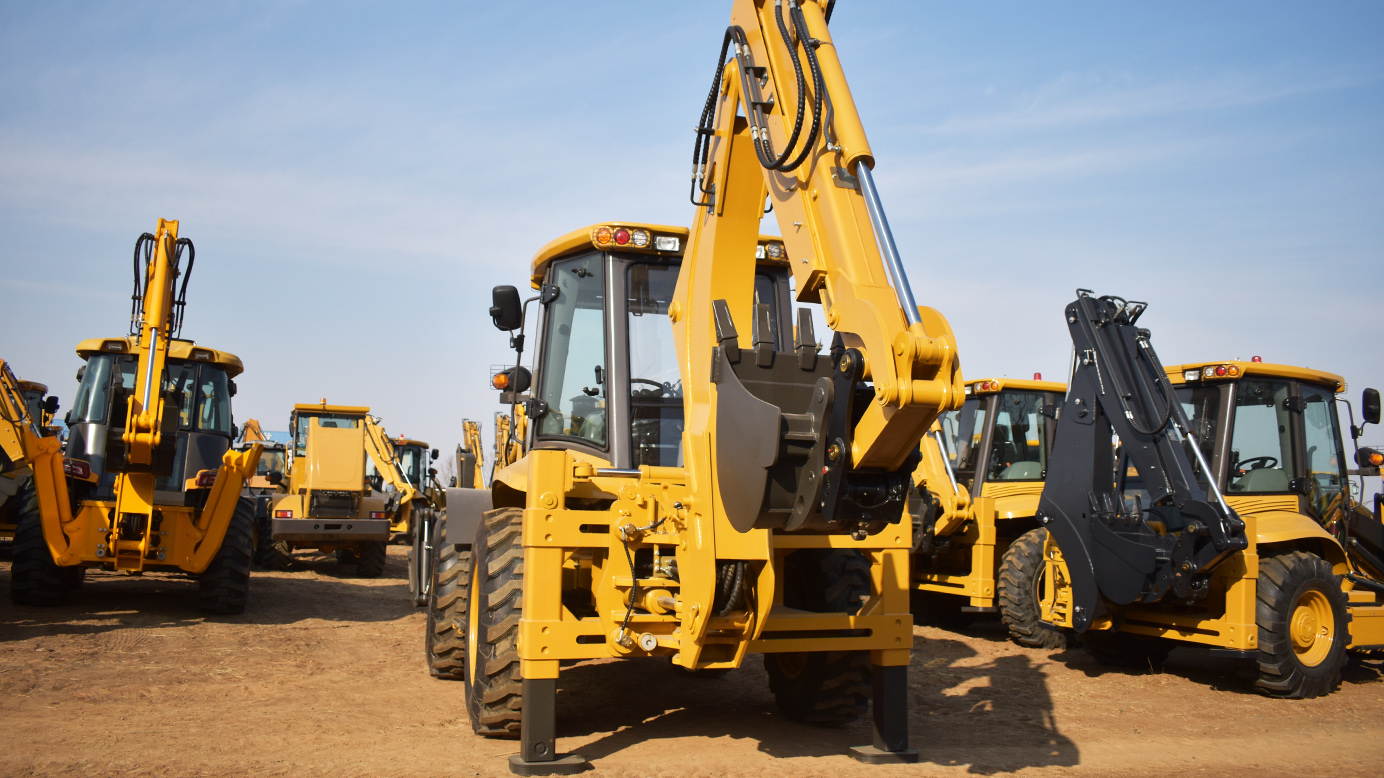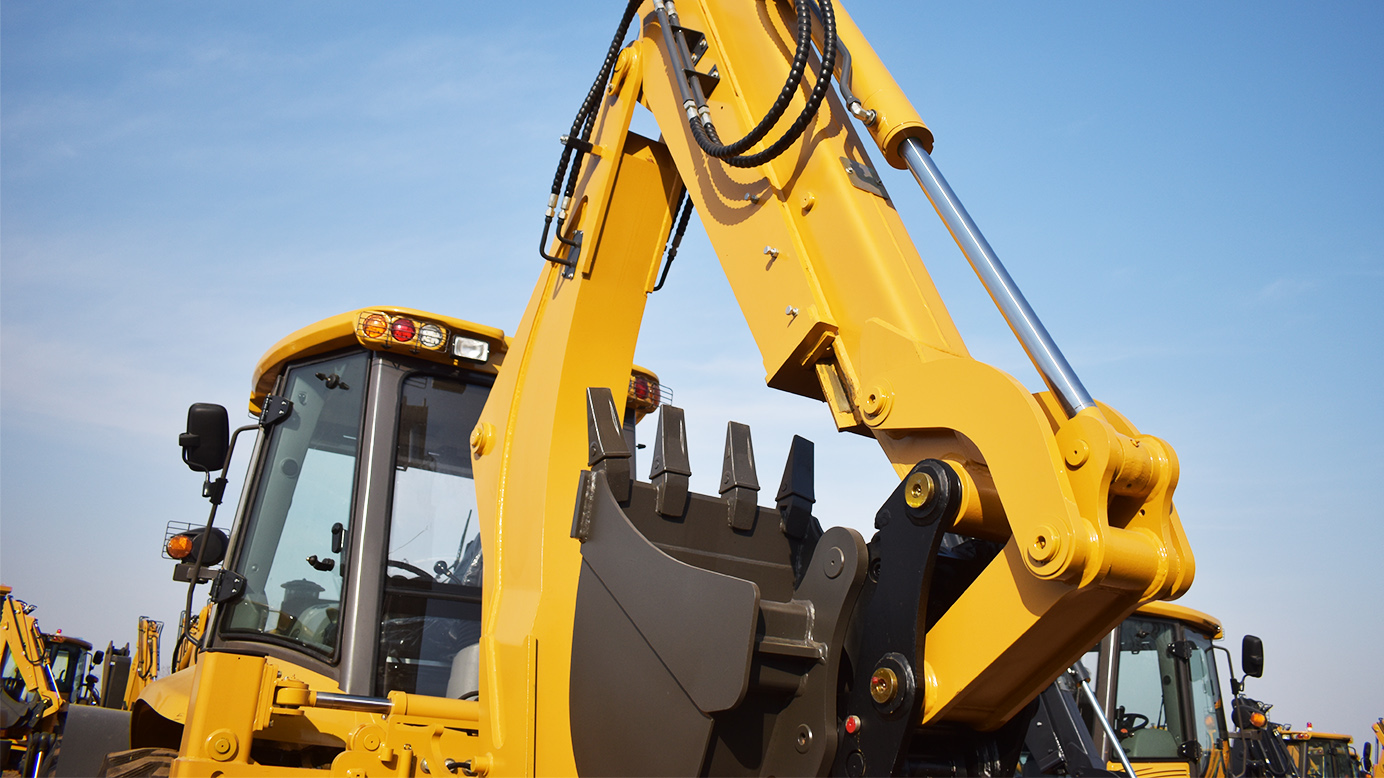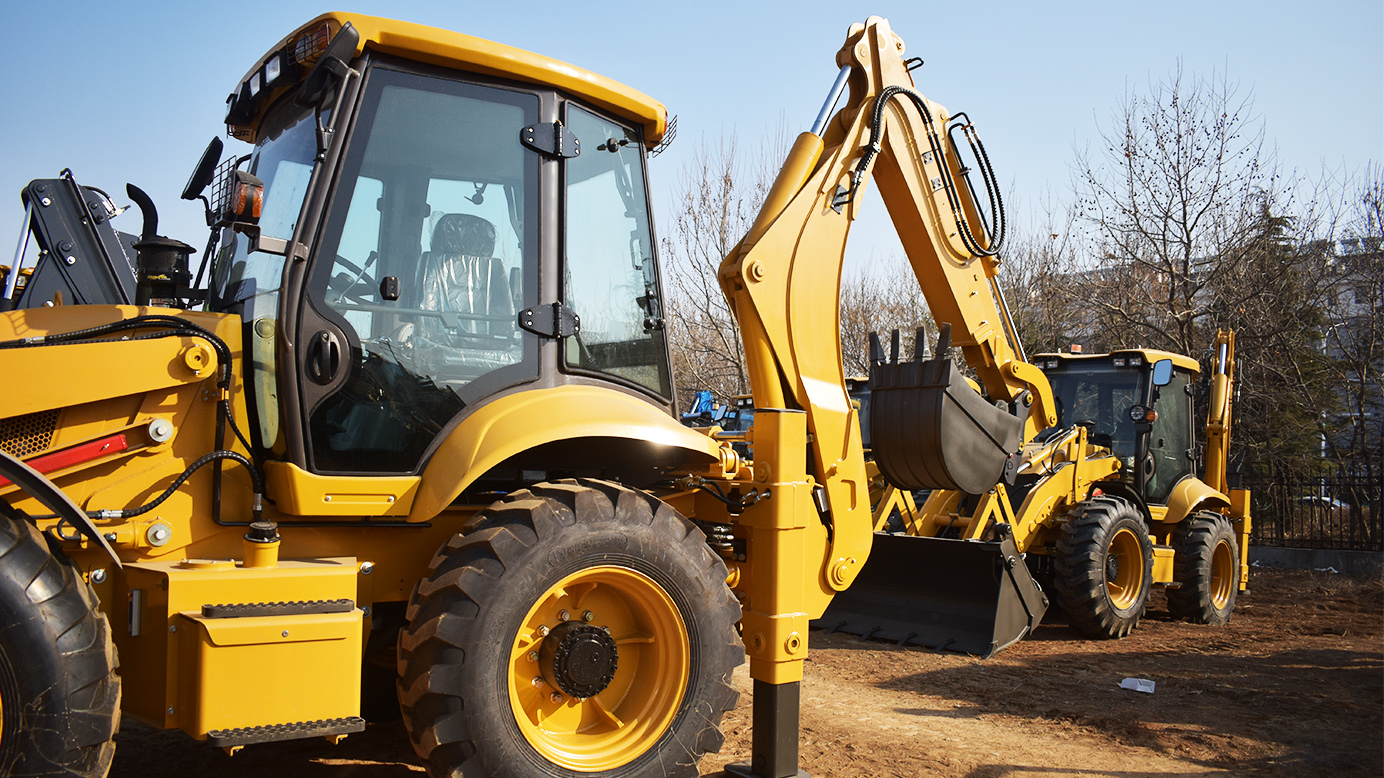I. Introduction
"Imagine a bustling construction site: a trench needs digging, materials require moving, and precise grading is essential. Should you bring in the robust backhoe loader, with its powerful digging arm and front-end loader, or the agile mini excavator, capable of navigating tight spaces with finesse? This scenario is a common dilemma for contractors and project managers. Both backhoes and mini excavators are versatile machines, but they excel in different applications. This article aims to clarify the strengths and weaknesses of each, demonstrating that the ‘better’ machine isn't a matter of inherent superiority, but rather a question of matching the machine to the specific demands of the job. By exploring their features, applications, and costs, we'll guide you in making an informed decision that maximizes efficiency and profitability."
II. Backhoe Loaders: Strengths and Weaknesses
Backhoe loaders are characterized by their two-part design: a front-end loader for material handling and a rear-mounted backhoe for digging. This dual functionality makes them incredibly versatile. Their strengths lie in their ability to perform a variety of tasks, from excavating trenches to loading trucks and moving materials. They are also road-legal, allowing for quick travel between job sites, which saves time and transportation costs. Their powerful digging and lifting capabilities make them suitable for heavy-duty tasks. However, backhoes have limitations. Their size can hinder maneuverability in tight spaces, and their digging precision is generally less than that of mini excavators. They can also consume more fuel, especially during prolonged digging operations. Furthermore, driving a backhoe can damage delicate surfaces.
III. Mini Excavators: Strengths and Weaknesses
Mini excavators are compact, tracked machines designed for precise digging and maneuvering in confined spaces. Their strengths include excellent maneuverability, allowing them to access areas that backhoes cannot. They offer precise digging and grading capabilities, making them ideal for delicate tasks. Their tracked design minimizes ground disturbance, which is crucial for working on sensitive surfaces. A wide range of attachments, such as augers, hammers, and grapples, further enhances their versatility. However, mini excavators have limitations. Their reach and digging depth are generally less than those of backhoes. They are also slower when traveling and require a trailer for transport between job sites. Their lifting capacity is lower than that of backhoes, and they can be more expensive to rent or purchase for simple tasks.
IV. Key Comparison Points: Performance and Features
Digging depth and reach are significant factors. Backhoes typically offer greater digging depth and reach, making them suitable for deeper trenching and excavation. Lifting capacity is another key consideration. Backhoes can lift heavier loads, which is essential for tasks like placing large pipes or concrete barriers. Maneuverability and accessibility are where mini excavators shine, excelling in tight spaces where backhoes cannot operate. Attachment versatility is crucial for specialized tasks. Both machines offer a range of attachments, but mini excavators generally have a wider selection. Fuel efficiency varies depending on the application. For general digging, mini excavators tend to consume less fuel. However, backhoes may be more efficient for tasks that involve frequent travel between job sites. Transportation and mobility differ significantly. Backhoes can be driven on roads, while mini excavators require trailers, adding to transportation time and costs.
V. Applications: When to Choose a Backhoe
Backhoes are often the preferred choice for construction and general contracting projects involving utility work, trenching, and material handling. Their road travel capability makes them ideal for roadwork and maintenance, such as pothole repair and roadside ditching. In landscaping and agriculture, backhoes are suitable for larger-scale projects that require moving significant amounts of material. They are also ideal for projects that require frequent travel between job sites, saving time and transportation costs. Backhoes excel when lifting heavy objects is a common task, due to their superior lifting capacity.
VI. Applications: When to Choose a Mini Excavator
Mini excavators are ideal for residential construction and landscaping projects that require precise digging in tight spaces, such as foundation work and utility installations. In urban areas, their ability to dig precisely around existing utilities makes them invaluable for utility work. They are also suitable for demolition and site preparation, allowing for selective demolition and efficient debris clearing. Mini excavators are the preferred choice when working on sensitive surfaces that require minimal ground damage. Their precision makes them ideal for detailed grading and contouring, essential for tasks like creating landscape features or preparing surfaces for paving.
VII. Cost Analysis: Ownership and Operation
Purchase or rental costs vary depending on the size and features of the machines. Generally, mini excavators can be more expensive to rent or purchase for simple tasks, while backhoes may be more cost-effective for multi-functional jobs. Maintenance and operating costs also differ. Backhoes may have higher fuel consumption and maintenance costs, especially for older models. However, the cost of transporting a mini excavator on a trailer should also be factored in.
VIII. Conclusion: Making the Right Choice
In summary, backhoes offer versatility and power, while mini excavators provide precision and maneuverability. The “better” machine depends entirely on the specific requirements of the job. For tasks requiring heavy lifting, road travel, and multi-functional capabilities, backhoes are often the optimal choice. For projects demanding precise digging in tight spaces and minimal ground disturbance, mini excavators excel. When making your choice, consider not only the immediate project needs but also the long-term versatility and potential applications of each machine. By carefully evaluating these factors, you can make an informed decision that maximizes efficiency and profitability.
Post time:Mar.28.2025



